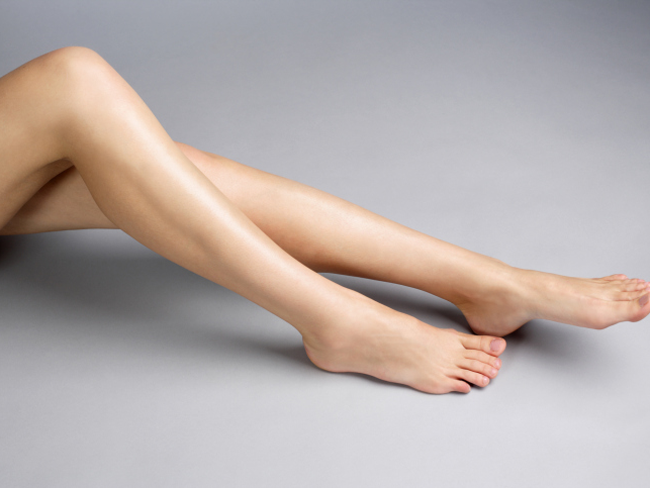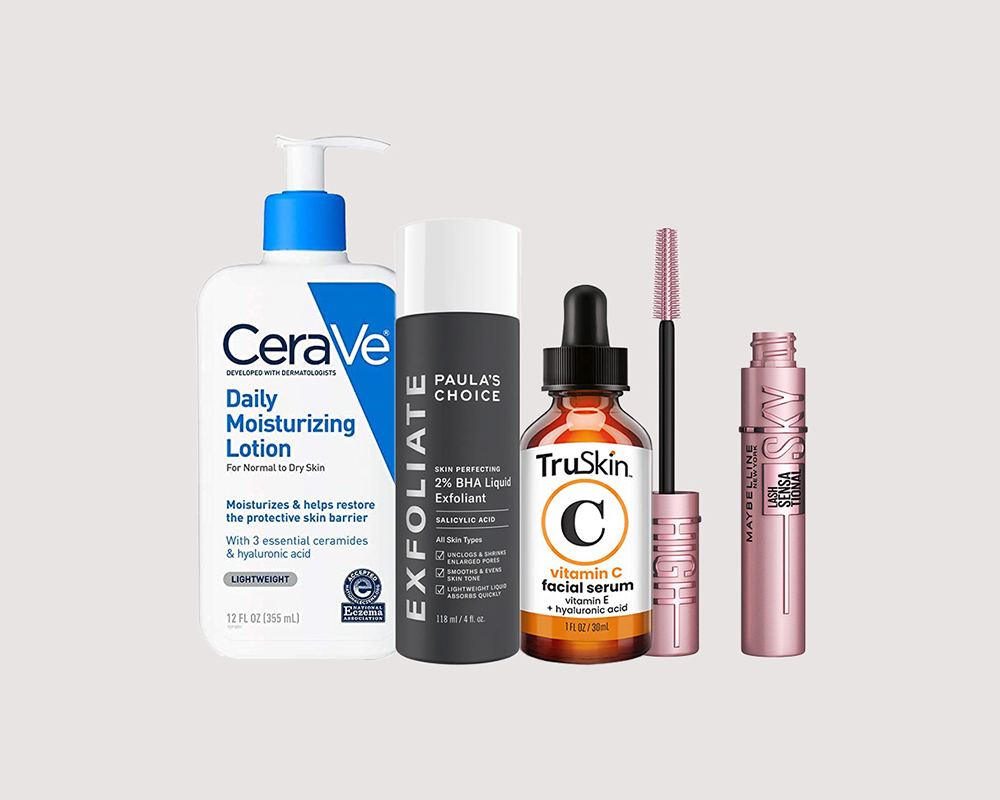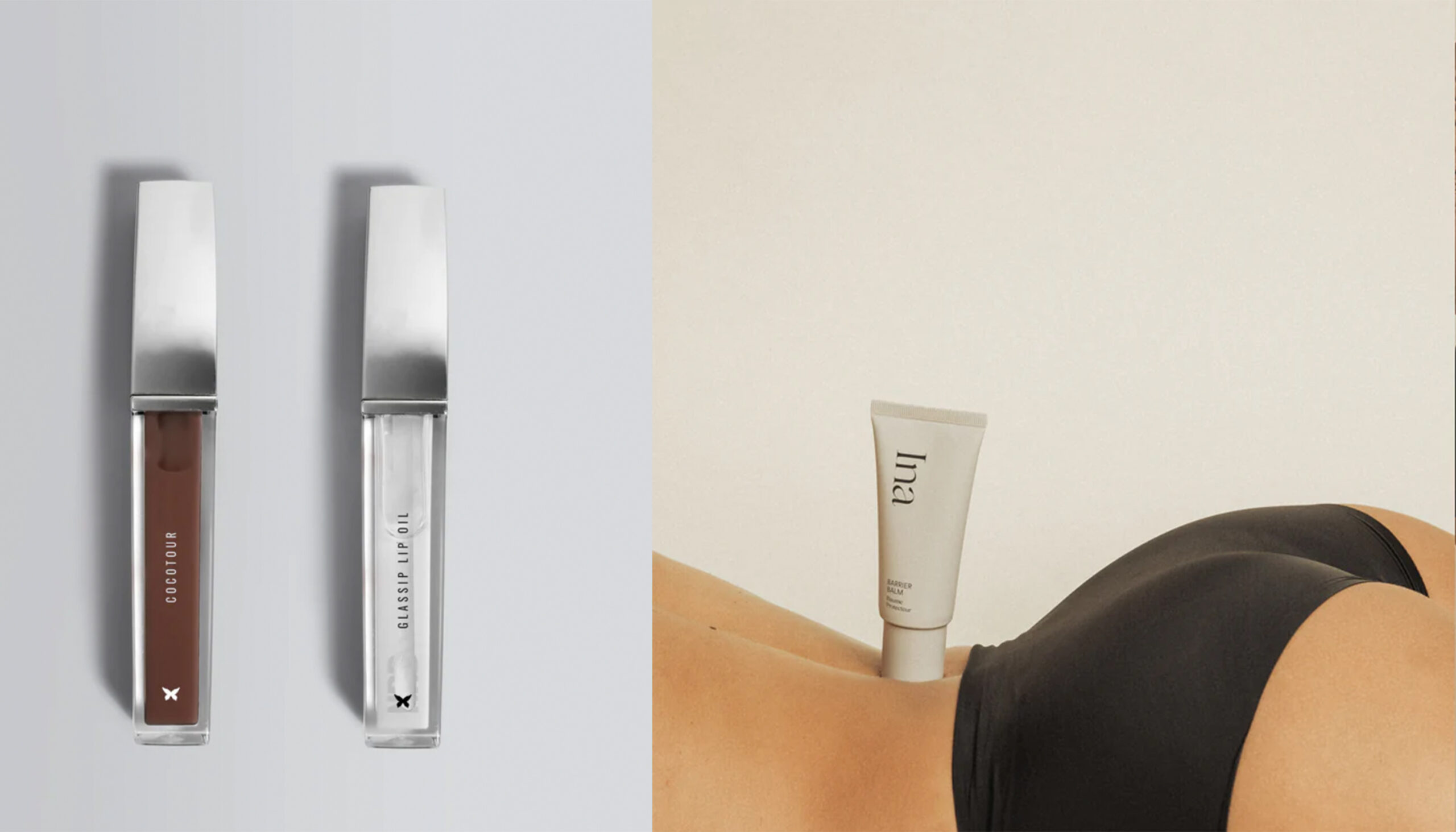Are you embarrassed by unappealing leg veins? So are millions of women. We hear the terms spider and varicose veins used over and over, but what are they and why are they appearing?
The difference between varicose veins and spider veins is really in the size and color. Both spider veins and varicose veins are enlarged veins resulting from genetics, pregnancy and/or hormonal changes. Spider veins are small (less than 1 millimeter in diameter) and crop up as flat, red or purple veins, whereas varicose veins are large (3 to10 millimeters in diameter) and tend to bulge. “Varicose veins are larger than spider veins because they result from an elevated venous pressure known as venous insufficiency, which produces the dilatation of the vein walls and failure of the vein valves, says Hunt Valley, MD, dermatologist Karen Beasley, MD.
Present in about 84 percent of adults, spider veins, usually red or purple in color, can appear anywhere on the leg but are commonly located on the inner and lateral thighs and around the ankles, according to Dr. Beasley. Larger varicose veins can also appear anywhere on the leg. “They are commonly associated with pain, swelling and aching,” Dr. Beasley adds.
There are no proven ways of preventing spider and varicose veins, although wearing compression garments (especially during pregnancy and if you stand on your feet all day) can help assist blood flow and reduce pressure and swelling. Sclerotherapy with an injectable solution like Asclera or laser treatments are sometimes options to help reduce the appearance of unsightly veins.
Have you tried any vein treatments? Tell us your experience.

















